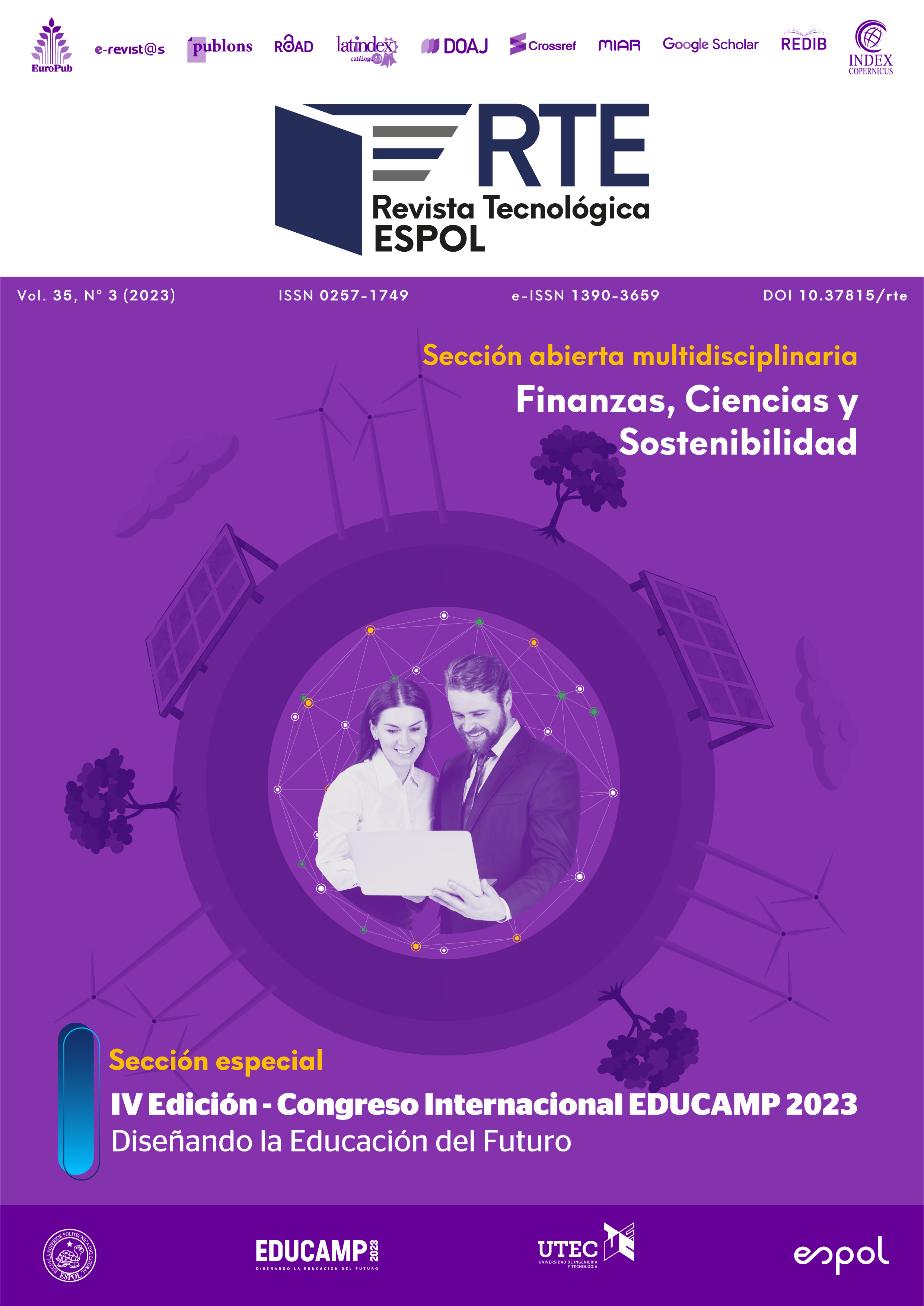Since the emergence of the World Wide Web in the 90s, The HTTP (Hypertext Transfer Protocol) has enabled data exchange between customers and servers. Considering the constant increase in network communications where data transfer is becoming faster, safer, and more reliable, this protocol has evolved through different versions, culminating in the current implementation known as QUIC (Quick UDP Internet Connections).
In this study, we evaluated through the use of the dedicated web servers Open LiteSpeed and Nginx, as well as the commercial server Hostinguer, the performance in normal traffic transfer and multimedia through the HTTP protocol in its versions: HTTP/2 and QUIC.
This was achieved by configuring a web environment to establish communication and file transfer under the customer-server architecture. On the employed servers, a web page developed in WordPress was deployed, which possessed the capability to upload files of various formats to the server.
Finally, four test scenarios were established to compare, in a practical way, the communication and transfer process between the customer and server. The monitoring and management of network traffic were facilitated by the Wireshark tool.

This work is licensed under a Creative Commons Attribution-NonCommercial 4.0 International License.
References
Albasrawi, S. T. (2020). Performance analysis of Google’s Quick UDP Internet Connection Protocol under Software Simulator. Journal of Physics: Conference Series, 1591(1), 012026.
Bermeo-Pérez, S. K., & Campoverde-Molina, M. A. (2020). Implementación de inteligencia de negocios, en el inventario de la Cooperativa GranSol, con la herramienta Power BI. Revista Científica FIPCAEC (Fomento de La Investigación y Publicación Científico-Técnica Multidisciplinaria). ISSN: 2588-090X. Polo de Capacitación, Investigación y Publicación (POCAIP), 5(16), 240–266.
Bock, L. (2022). Learn Wireshark: A Definitive Guide to Expertly Analyzing Protocols and Troubleshooting Networks Using Wireshark. Packt Publishing, Limited. https://books.google.com.ec/books?id=U_X9zgEACAAJ
Calle-González, J. L. (2020). Metodología para creación de contenido accesible en WordPress para productores de contenido.
Espinosa, S. (2019). Evaluación del uso del protocolo QUIC en internet. https://e-archivo.uc3m.es/handle/10016/29744
Fernández, F. M., Zverev, M., Garrido Ortiz, P., Juárez Rodríguez, J. R., Bilbao Ugalde, J., & Agüero Calvo, R. (2021). Evolución del Stack IoT: MQTT sobre QUIC.
Fielding, R., Gettys, J., Mogul, J., Frystyk, H., Masinter, L., Leach, P., & Berners-Lee, T. (1999). RFC2616: Hypertext Transfer Protocol – HTTP/1.1. RFC Editor.
Henríquez, R. A. (2017). Descripción del protocolo HTTP y análisis de sus transferencias mediante metalenguajes.
Iglesias, C., & Guaman, N. (2021). Análisis de velocidad de acceso a sitios web comparando protocolo TCP tradicional con SSL vs protocolo QUIC.
Ke, P. F., Lau, Y. M., & Hanley, D. V. (2023). Is Web3 Better Than Web2 for Investors? Evidence from Domain Name Auctions.
Kyaw, N. N. (2019). Analysis and simulation of hypertext transfer protocol at the application layer of the internet. International Journal of Scientific and Research Publications (IJSRP), 9(1), 10–29322.
Morocho Troya, E. O. (2022). Desarrollo de los módulos e-learning y evaluaciones como componentes del entorno virtual de aprendizaje integrado (EVAI) para la empresa IEREC.
Murthy, A. A., John, P. M., & Kasturi Nagappasetty, R. M. B. (2023). Hypertext transfer protocol performance analysis in traditional and software defined networks during Slowloris attack. International Journal of Electrical & Computer Engineering (2088-8708), 13(4).
NetApplications.com. (2017). Market Share Statistics for Internet Technologies. https://n9.cl/1fjc5
Oliveira, A. T. de. (2020). Uma análise experimental de desempenho do protocolo QUIC. https://repositorio.ufpe.br/handle/123456789/37646
Priego, L. (2018). Estudio del protocolo TLS (Transport Layer Security). http://hdl.handle.net/10609/81045
Reese, W. (2008). Nginx: the high-performance web server and reverse proxy. Linux Journal, 2008(173), 2.
Rescorla, E. (2018). The Transport Layer Security (TLS) Protocol Version 1.3 (Issue 8446). RFC Editor. https://doi.org/10.17487/RFC8446
Rodríguez, R. (2020). Desarrollo de nuevos modelos de interacción usuario-ecommerce: integración de ecommerce en chatbot vía API REST.
Romero, J. C. (2020). TLS 1.3. http://hdl.handle.net/10609/126747
Rueda, E. E. (2019). Cifrado con el protocolo ssl/tls y el rendimiento de sitios web. caso: empresa web-out, 2018–2019.
Sandra, H. (2022). Performance Analysis of Openlitespeed and Apache Web Servers in Serving Client Requests. Knowbase: International Journal of Knowledge in Database, 2(2), 114–129. https://ejournal.iainbukittinggi.ac.id/index.php/ijokid/article/view/5306
Thomas, L., Dubois, E., Kuhn, N., & Lochin, E. (2019). Google QUIC performance over a public SATCOM access. International Journal of Satellite Communications and Networking, 37(6), 601–611.
Tomás, E. (2021). Estudio comparativo de las versiones más recientes de HTTP. https://riunet.upv.es:443/handle/10251/172835
Vega, D. (2014). Estudio de prestaciones del protocolo HTTP versión 2 https://e-archivo.uc3m.es/handle/10016/27301







